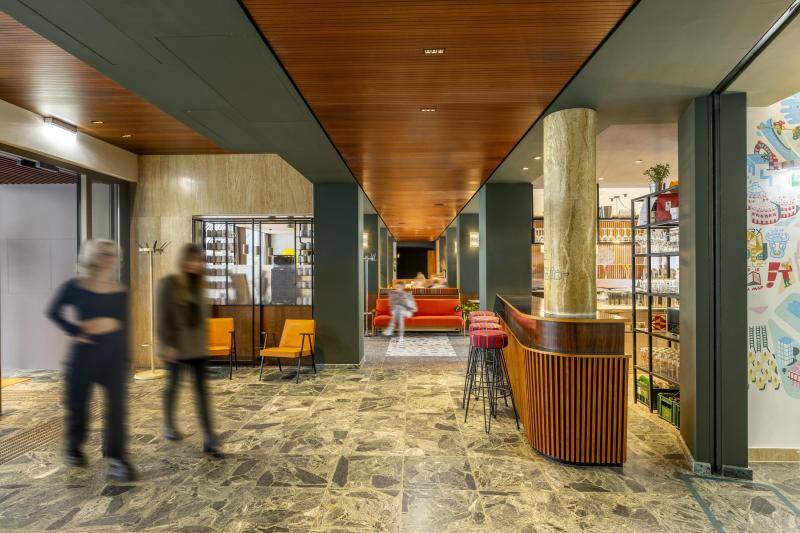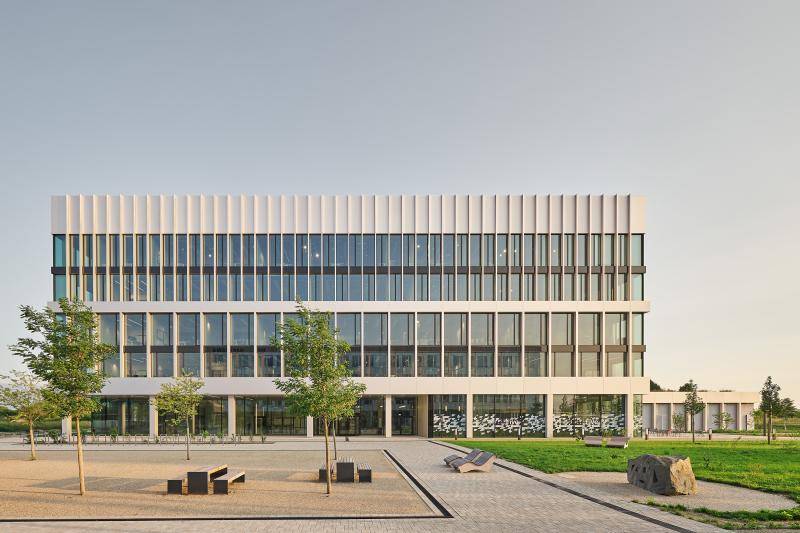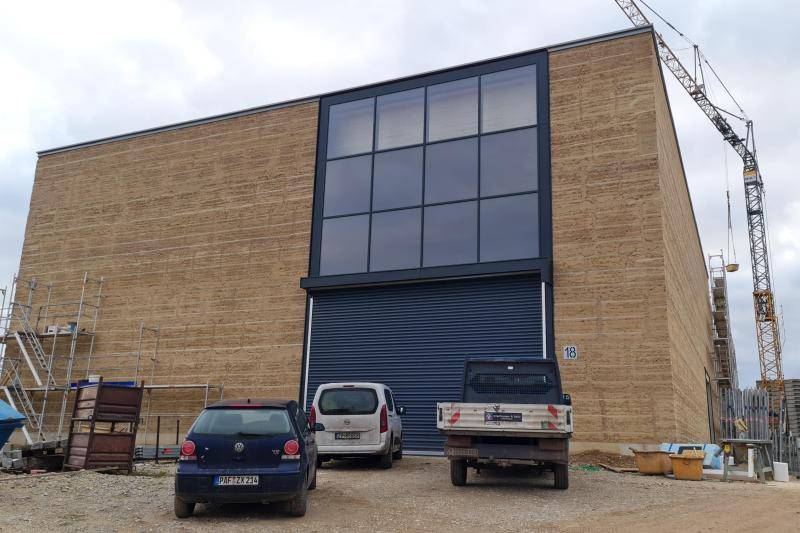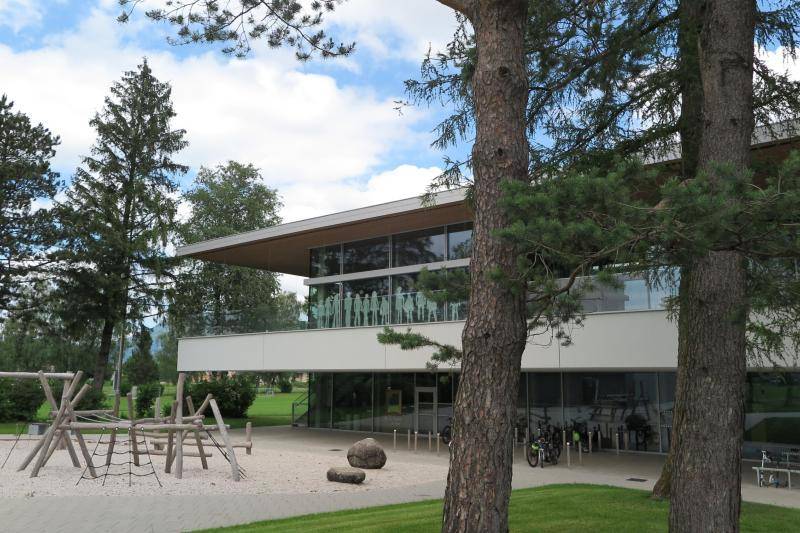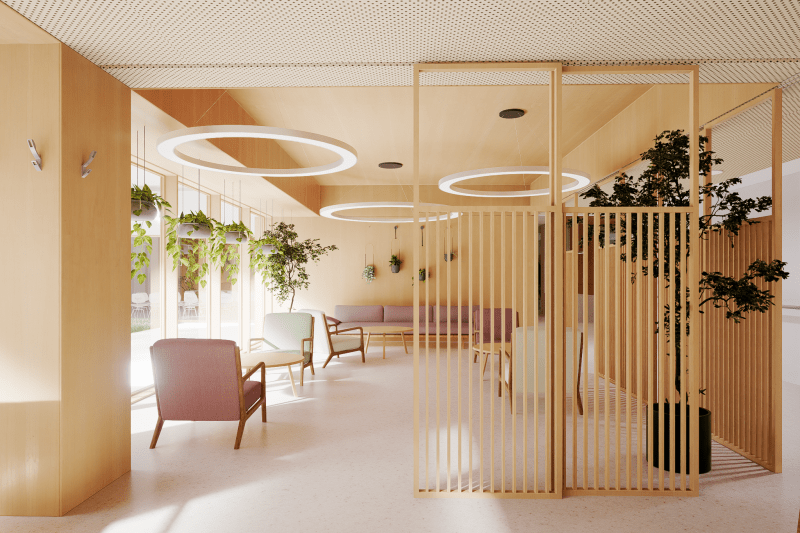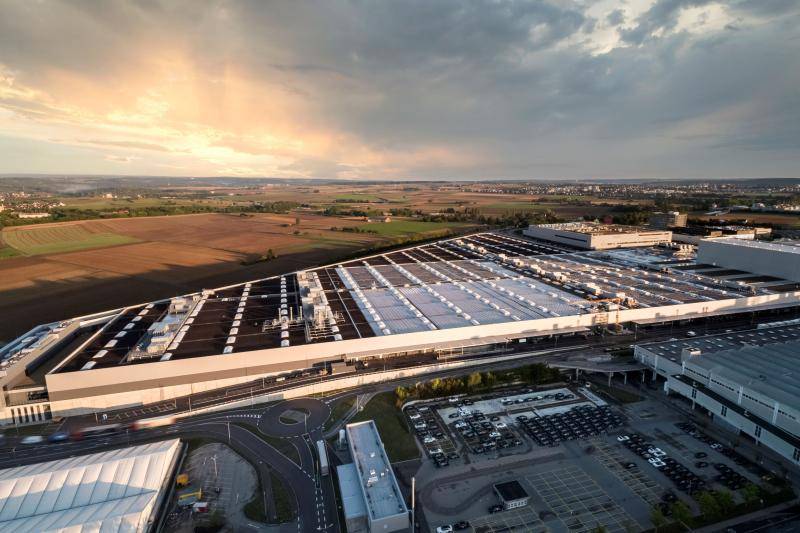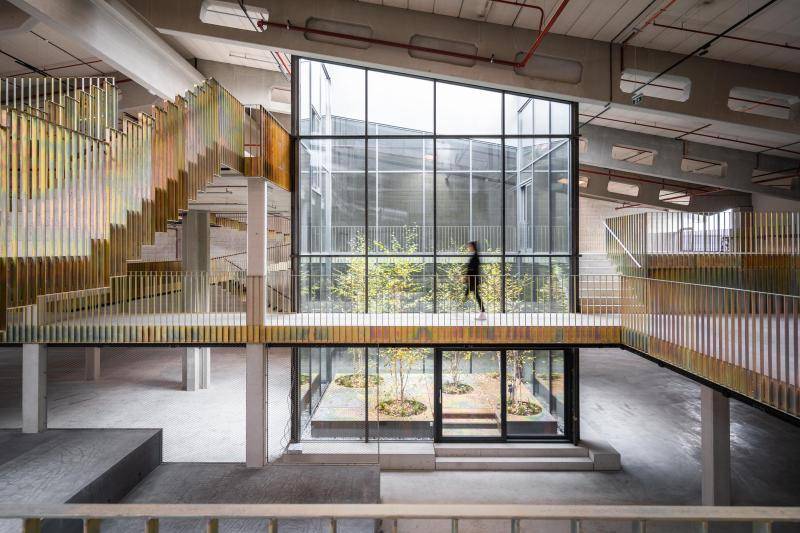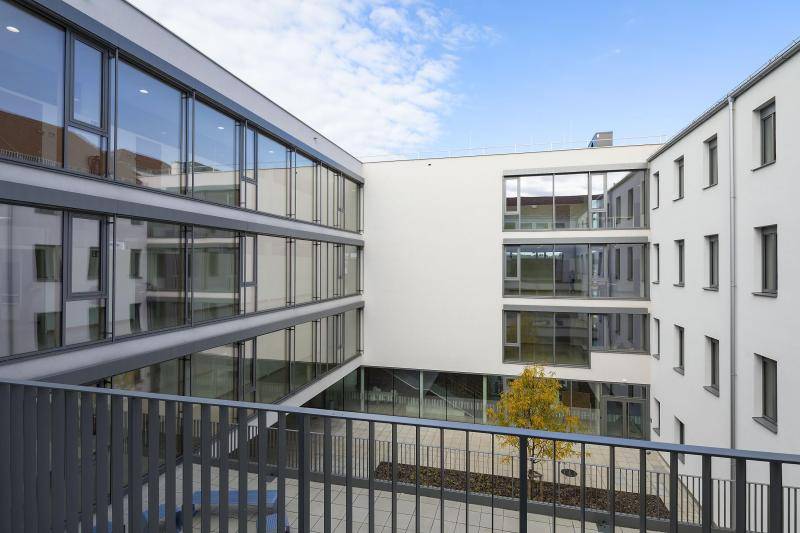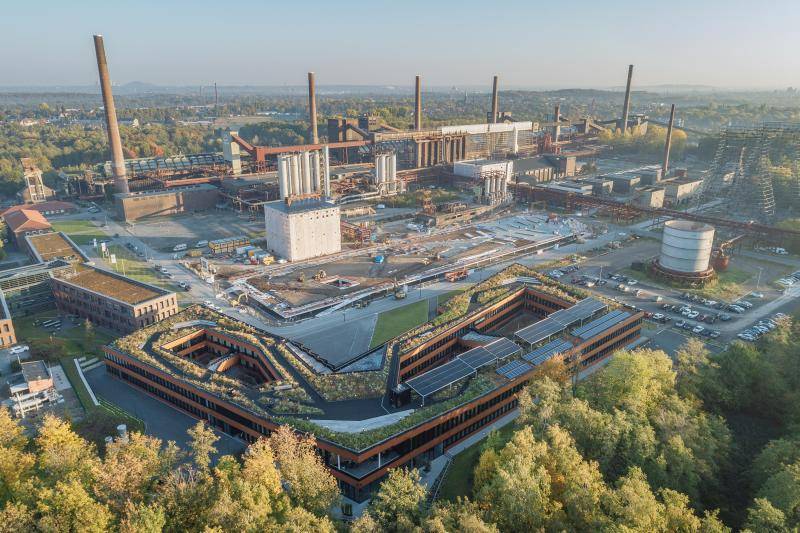Residential building St. Vincent
On the site of a former nursing school in Wangen, the Vinzenz-Quartier was built in 2024 with a total of 122 residential units in six buildings. Three buildings are specially designed for senior citizens and offer technology-assisted living. The other three buildings are intended for singles, couples and families.
The project is a showcase for sustainable construction, in particular through the processing of 15,000 tons of recycled concrete rubble and the use of clinker-reduced cement types to reduce CO₂ emissions. The balcony slabs are made with carbon reinforcement, which offers greater strength and enables a more delicate design.
2024
Buildings 1-3: 27.245,8 m³
Buildings 4-6: 25.046,4 m³
Vinzenz von Paul gGmbH, Georg Reisch GmbH & Co. KG.
Electric planning: Miller + Stucke GmbH&Co.KG; HVAC planning: Ingenieurbüro Rolf Witschard GmbH; Building physics: Herz & Lang GmbH; Fire prevention: FIRE & TIMBER .ING GmbH;
5.433,15 m³
45% of the aggregate as RC aggregate
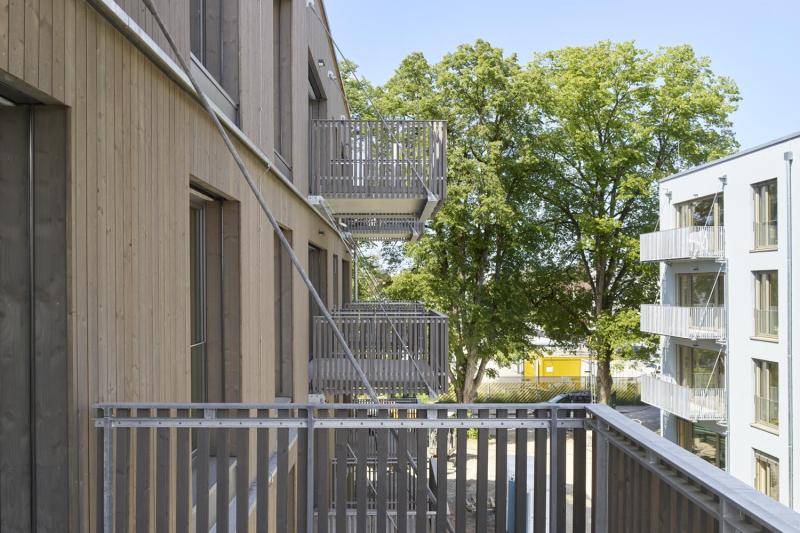
Of the 6 buildings on the site, three are designed for senior citizens and offer 63 apartments between 33 and 69 m², equipped with technical aids such as fall radar and stove safety. These buildings were realized by Vinzenz von Paul GmbH.
The other three buildings are intended for singles, couples and families and comprise apartments with 1 to 5 rooms. Georg Reisch GmbH & Co. KG built these buildings using a hybrid construction method: a combination of wood and concrete in different variants to find out which is the best way to build sustainable housing. In the first building, the walls are made of wood and the ceilings of concrete, in the second only the staircase core is made of concrete, all other components are made of wood. The third house was built entirely in timber. The basements are made of concrete, and around 15,000 tons of recycled concrete rubble were used. This was converted into new building materials such as recycled aggregate for fill material and concrete, using clinker-reduced cement types to reduce CO₂.
The balcony slabs are also special, as they are equipped with Solidian carbon reinforcement, which offers greater strength and allows the amount of concrete to be reduced to 15 mm. As a result, the slabs are more delicate and do not require additional sealing.

